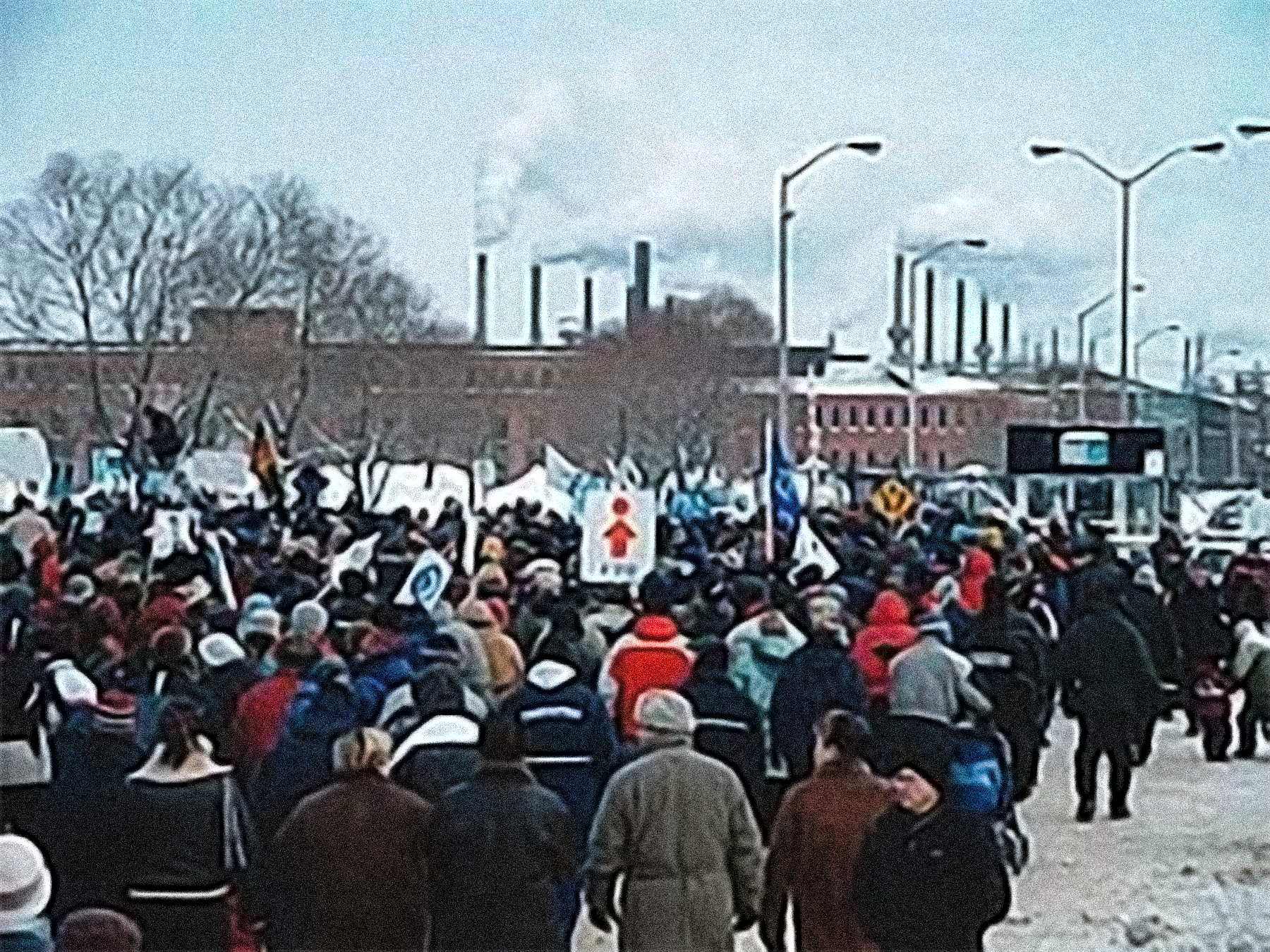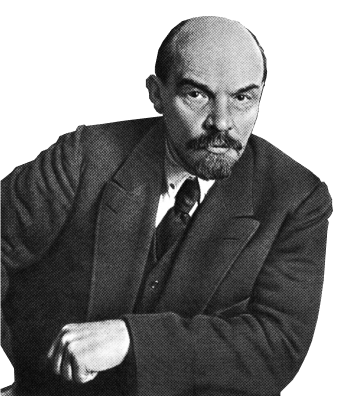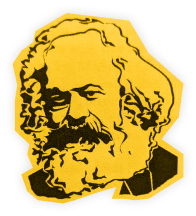
The trade war threatens hundreds of thousands of jobs in Quebec and Canada.
We cannot count on the ruling class and their parties who have proven time and time again that they will prioritize their profit before all else. The workers can count only on their own means. Faced with closures, this means strikes and factory occupations.
In Quebec and Canada, this is part of the tradition of our class. This article revisits an inspiring episode in that history: the occupation of the Arvida Alcan plant in 2004.
Closure
On January 22, 2004, at the highly symbolic Davos Economic Forum, Quebec Premier Jean Charest himself announced the closure of the Soderberg smelters at Alcan’s Arvida plant. It was at this forum of the rich and powerful that Alcan’s president had informed him of this.
This announcement followed a series of other closures in the region. In 2003, the bankruptcy of the Consomat chain and the Coopérative forestière Laterrière resulted in the loss of 1,000 jobs. In December, Abitibi Consol also announced the closure of its paper mill in La Baie, eliminating its entire workforce of 650 people.
As will sound familiar, Alcan had received over $100 million in federal financial support and posted profits of over half a billion dollars in the two years prior to closure. Then as now, wealthy companies showered with money have no qualms about eliminating good jobs.
Alcan was the world’s largest aluminum producer at the time – and Rio Tinto Alcan still is today. It was supposed to close the Soderberg pots (a technology considered outdated and polluting) in 2014, but surprised everyone by closing them 10 years earlier, citing the rising value of the Canadian dollar, and therefore higher export costs.
The reality was that the company owned its own hydroelectric facilities in the region, and wanted to export the electricity saved by closing the pots to the U.S., which was more profitable for the company.
But the workers didn’t accept the company’s logic. They demanded that a new smelter be opened to replace the one closing down thus preserving their jobs.
And to achieve this, they decided to occupy their workplace.
The occupation begins
On Jan. 26, the workers held a general assembly. It’s interesting to see how the idea of an occupation came about. As shop steward Jeannot Boivin explained: “Someone suggested the plant occupation and the whole thing just snowballed from there.”
Simple as that! Under the right conditions, one person with the right ideas can have a disproportionate impact on the class struggle.
At the meeting, 2,000 members of the Syndicat national des employés de l’aluminium d’Arvida (SNEAA) voted unanimously to take control of the Soderberg pots. The occupation had begun.
Workers stopped answering to their supervisors, and took control of operations. Some 2,500 workers organized in other unions in the area came together to make sure the workers had the equipment they needed to restart production.
As one union member recounts: “Even though we’re not part of the same union federation, all the aluminum unions are sitting together in one union alliance. Solidarity was instantaneous to supply electricity, bauxite, alumina, all the elements we needed to restart production.”
On January 30, to no one’s surprise, Alcan obtained an order from the Labour board designating the workers’ action as illegal. But that didn’t stop the workers. The next day, 5,000 people demonstrated in Arvida in support of the factory occupation!
Threats of huge fines – between $100 and $200 a day for the workers and $10,000 to $50,000 for the union – weren’t enough to stop them. In the end, they were unable to enforce the ordinance as the workers ignored it and forced the bosses to negotiate.
Workers’ control
In effect, the plant was now under workers’ control. Through their bold action, the workers demonstrated one thing: the bosses need the workers, not the other way around.
Indeed, despite the bosses’ attempts at sabotage, worker-controlled production not only worked – it worked better than before.
Boivin explains: “We’re the workers and we know how to run this plant. The supervisors have never seen the smelter operations in such good shape.”
In early February, the union reported that production had even increased under the workers’ control.
Rather than taking their orders from the supervisors, the reverse relationship was established: “They asked us for our production reports, but if they raised anything else, our answer was: ‘No. We’re the ones who decide. We ask for your collaboration for specific requirements and for the raw materials. This is essential for the workers’ safety.’”
Workers interviewed at the time explained that all of a sudden, the foremen became hyper focused on scrutinizing their work when they never had been so concerned about safety before! The aim, of course, was to show that the workers couldn’t run the operation. But this was to no avail.
Boivin adds:
“Under the bosses’ control it was the well-being of the pots that came first, but now, under union control, it’s the well-being of the workers and their safety that comes first. There’s not a ladder or catwalk missing, and the columns and floors have been repaired. We did all that without the supervisors-and to think that we might have waited six months or a year for the same results.”
This highlights a key lesson from this struggle: A factory occupation poses the question: who is in charge, the boss or the workers? The Arvida workers demonstrated the potential the working class has to take control of society and run it without the capitalists.
Class consciousness
Through this struggle, the workers forced the bosses to negotiate for real, and drew radical conclusions from their experience.
On Feb. 8, the union leadership announced a tentative agreement with the bosses. Workers would be transferred instead of simply losing their jobs and the company would invest $20 million in economic development in Saguenay.
However, during the union meeting, the workers learned the real reason for the closure. As was already mentioned, Alcan wished to sell the 200 megawatts outside of the region as this was more profitable.
The workers therefore unanimously rejected the agreement, and demanded that the money saved be used to build a new plant, and that the 200 megawatts be used for the region.
But more importantly, the workers concluded that more needed to be done. They called for the nationalization of Alcan’s hydroelectric facilities!
We see here how, in the struggle for workers’ control and for saving jobs, workers are led to draw broader political and economic conclusions and question private ownership itself.
The end of the occupation
Factory occupations are the starting point for the struggle against closures and job losses. But if such a struggle remains isolated, it can only go so far.
Unfortunately, apart from the solidarity demonstration on Jan. 31, little had been done by the union leadership to broaden the struggle.
This allowed the government and bosses to get the upper hand and on Feb. 13, the Labour Board declared the strike illegal and issued a permanent injunction against the workers.
With no perspective to escalate the struggle, the leadership of SNEAA recommended its workers to comply with the permanent injunction and end the occupation. On Feb. 16-17, the 2,500 workers gathered in an assembly and voted to accept this.
From what we can tell, negotiations resumed and the union did eventually get a guarantee that no employee would be laid off. But a new plant was never built, which was the main demand of the workers.
Reviving our militant tradition
The occupation at Arvida is an important moment in the history of our class. Above all, it left behind a combative struggle from which to draw inspiration today. It showed a glimpse of the immense potential of the working class to run society without the bosses. Communists have a duty to make these traditions known and to revive them in the movement.
At the time of the Arvida occupation, this was a single isolated workplace. And one factory under workers’ control cannot hold out forever in a sea of capitalism.
But today, in the context of the trade war, workers at many plants and factories will be faced with similar attacks. In this context, a similar occupation at any factory could find fertile ground to spread to other workplaces. It could quickly escalate into a mass movement in which workers draw radical, revolutionary conclusions.
Today, the overwhelming majority of union leaderships and the left, even the “radical” left, reject strikes and occupations as methods of fighting job losses. But this is the only way to obtain anything from the bosses.
Only a mass movement of occupations can prevent the capitalists from eliminating our jobs to protect their profits. And only a working-class revolution can end this rotten system once and for all.

